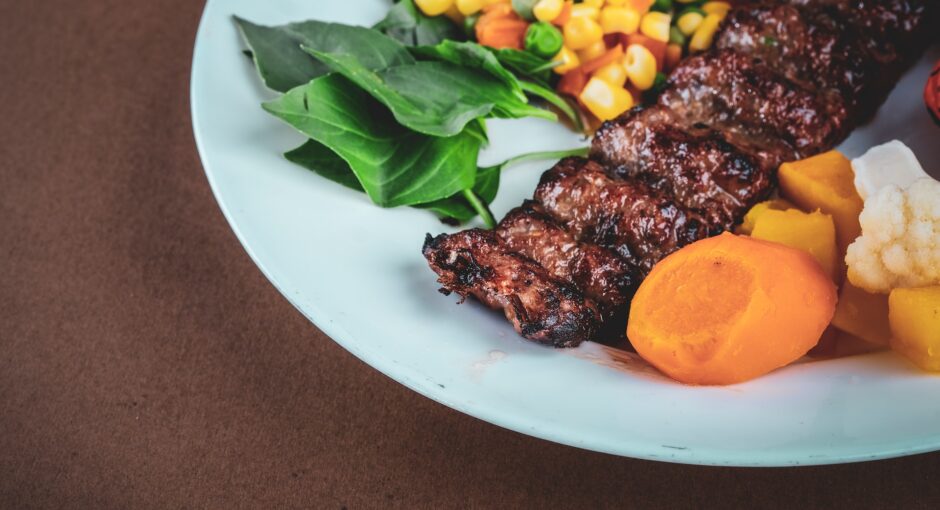3D printing has revolutionized the manufacturing industry, providing manufacturers with a cost-effective and efficient way to create complex shapes and components. But with the rise of 3D printing has come the need to understand the materials used in the process. When it comes to food-grade materials for 3D printing, there are several important considerations. This guide will provide an overview of the most commonly used food-grade materials in 3D printing and the factors to consider when selecting the right material for the job.
Types of Food-Grade Materials
There are a variety of food-grade materials available for 3D printing. The most commonly used materials include:
- PLA (Polylactic Acid)
- ABS (Acrylonitrile Butadiene Styrene)
- PET (Polyethylene terephthalate)
- PVA (Polyvinyl alcohol)
- PVDF (Polyvinylidene fluoride)
- Nylon
- Flexible polyurethanes
- Silicone
Each material has its own unique advantages and disadvantages, which will be discussed in further detail below.
PLA
PLA is a biodegradable thermoplastic made from renewable sources such as cornstarch, tapioca roots, and sugarcane. It is one of the most popular materials used in 3D printing due to its low cost, ease of use, and versatility. PLA is non-toxic and safe for food contact, making it an ideal material for 3D printing food-grade products.
ABS
ABS is a petroleum-based thermoplastic that is commonly used in 3D printing. It is a strong and durable material that can withstand temperatures up to 110°C (230°F). ABS is also non-toxic and safe for food contact, making it an ideal material for 3D printing food-grade products.
PET
PET is a thermoplastic that is commonly used to make bottles and containers for food and beverages. It is strong, lightweight, and resistant to heat and chemicals. PET is also non-toxic and safe for food contact, making it an ideal material for 3D printing food-grade products.
PVA
PVA is a water-soluble thermoplastic that is commonly used in 3D printing. It is a strong and durable material that can withstand temperatures up to 150°C (302°F). PVA is also non-toxic and safe for food contact, making it an ideal material for 3D printing food-grade products.
PVDF
PVDF is a fluoropolymer that is commonly used in 3D printing. It is a strong and durable material that can withstand temperatures up to 200°C (392°F). PVDF is also non-toxic and safe for food contact, making it an ideal material for 3D printing food-grade products.
Nylon
Nylon is a thermoplastic that is commonly used in 3D printing. It is a strong and durable material that can withstand temperatures up to 250°C (482°F). Nylon is also non-toxic and safe for food contact, making it an ideal material for 3D printing food-grade products.
Flexible Polyurethanes
Flexible polyurethanes are a family of thermoplastics that are commonly used in 3D printing. They are strong, flexible, and can withstand temperatures up to 80°C (176°F). Flexible polyurethanes are also non-toxic and safe for food contact, making them an ideal material for 3D printing food-grade products.
Silicone
Silicone is a soft, flexible material that is commonly used in 3D printing. It is a strong and durable material that can withstand temperatures up to 200°C (392°F). Silicone is also non-toxic and safe for food contact, making it an ideal material for 3D printing food-grade products.
Factors to Consider
When choosing the right food-grade material for 3D printing, there are several factors to consider. These include:
- Cost
- Strength
- Durability
- Temperature resistance
- Chemical resistance
- Food safety
It is important to choose a material that meets all of your requirements while staying within your budget.
Conclusion
When it comes to 3D printing food-grade products, it is important to choose the right material for the job. There are a variety of food-grade materials available for 3D printing, including PLA, ABS, PET, PVA, PVDF, nylon, flexible polyurethanes, and silicone. Each material has its own unique advantages and disadvantages, so it is important to consider the cost, strength, durability, temperature resistance, chemical resistance, and food safety when selecting the right material. With the right material, you can ensure that your 3D printed food-grade products are safe and of the highest quality.





